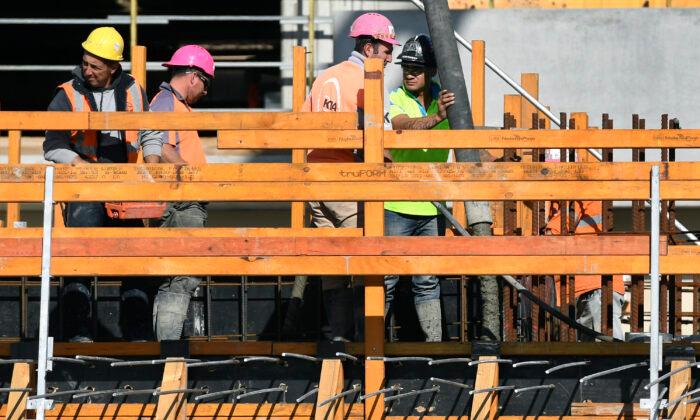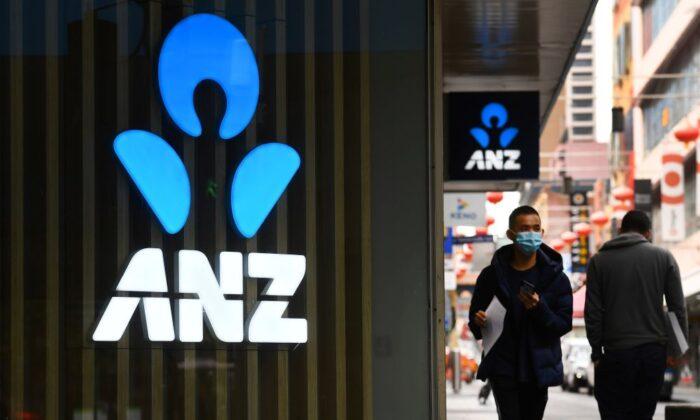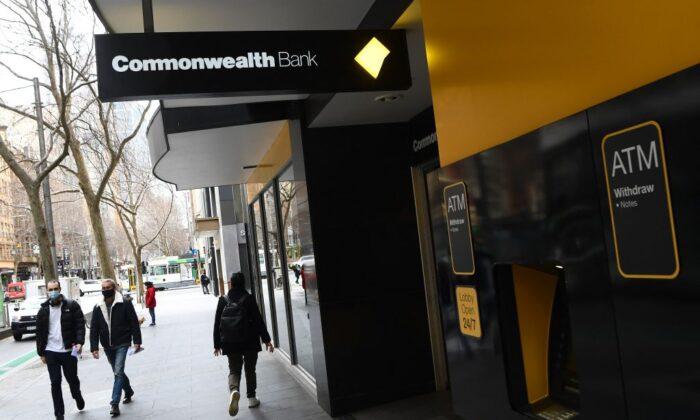More Businesses Turn to Cashless
Square’s report (pdf) showed that over one in three Australian businesses— an estimated 36 percent—were effectively cashless during the lock-down peak in April, compared to seven percent pre-pandemic in January. Square defined cashless as accepting 95% or more transactions through debit or credit cards.Data analysis also showed that cash payments declined by more than half between January and April, down from 35 percent to 15 percent of all transactions. But the payments levelled out in June to 18 percent.
Square also noted some variances between states and industries.
The ACT saw the most substantial cash payments plummeting, from 42 percent of transactions in January to 14 percent in April. By June, 35.6 percent of businesses in the territory has turned cashless, over three times that of January at 9.8 percent.
In Tasmania, Victoria, New South Wales and Queensland, cash payments also declined by more than half during the period from January to April, with the ratio of cashless businesses more than doubling to above 20 percent by June.
By contrast, the Northern Territory remained the most committed to paying by cash, with cashless businesses ratio edging up only by 0.9 percent during the period from January to June, from 14.5 percent to 15.4 percent.
Professor Steve Worthington from Swinburne University Business School attributed the decline in cash payments to both safety concerns and the drop in the number of available ATMs. Adding that he believed the pandemic is only accelerating the digital shift that has been gaining momentum over the recent years.
“For consumers, fears over social distancing and a preference to minimise contact with physical currency are likely to be top of mind,” he told Square’s blog.
“What’s more, with banks closing branches, reducing operating hours and fewer ATMs available, there’s less cash in circulation. Combining that with the fact that many businesses favour digital payments for speed and security, there’s less incentive now for any of us to carry cash.”
Higher Demand for Cash
Despite the increase in cashless transactions, The Reserve Bank has seen a rise in demand for banknotes in recent months, mainly by individuals with substantial deposit balances.“While COVID-19 has accelerated the shift to electronic payments, there has, paradoxically, also been record demand for banknotes,” he said.
“Some people seem to be wanting to keep some extra money at home. The result has been that the stock of banknotes on issue has increased from $83 billion in February to $94 billion today.”
The elevated demand reflects concerns over financial stability amid the pandemic-induced economic recession.
“This included a small number of customers making very large withdrawals (more than $100,000, and in some cases into the millions of dollars),” the report said.
RBA is confident that the Australian financial system will navigate the crisis because of the high capital levels and strong liquidity position of banks, as well as their high profitability and excellent asset performance.





